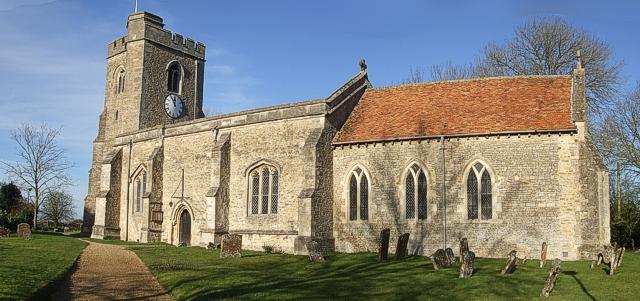St Nicholas
Piddington, Oxfordshire

Grade II* listed building, with a 12th century nave and 14th century chancel, with works by Peter Gaspar Scheemakers.
Grendon Underwood, Buckinghamshire
St Leonard's is in rural Buckinghamshire. It is a grade II* listed building and is on the heritage at risk register.
Records regarding the church date back to 1223, part of the nave is probably from the 12th century and the chancel dates from the 14th century. The tower is circa 1460.
There are wooden panels on the side of the pulpit which date from the 1620s and there are three marble monuments commemorating local dignitaries dating to the 18th century which are important pieces produced by Peter Gaspar Scheemakers.
The stained glass windows on the north and west sides of the church are Victorian.
It is thought William Shakespeare was arrested in the church porch and may have written a Midsummer Nights Dream based on his time in Grendon Underwood. Roald Dahl also lived in Grendon Underwood. There are leaflets in the church about these two people and also a quiz for younger visitors to complete.
Piddington, Oxfordshire
Twyford, Buckinghamshire
Twyford's impressive church is set in a big, tree dotted churchyard in which there is a cross of very early date, probably 13th century.
Hillesden, Buckinghamshire
Called 'The Cathedral of the Fields' this magnificent church stands in an isolated hamlet on a slight hill, so that while it can appear suddenly in distant views, reaching it involves negotiating miles of winding narrow lanes.